Sri Lanka travel tips
Sri Lanka travel tips: Tropical island in South Asia, known for rich culture, ancient history, diverse landscapes, and vibrant wildlife, including elephants.
Districts 🌎
Sri Lanka travel tips. Here is a list of all the districts of the Sri Lanka.
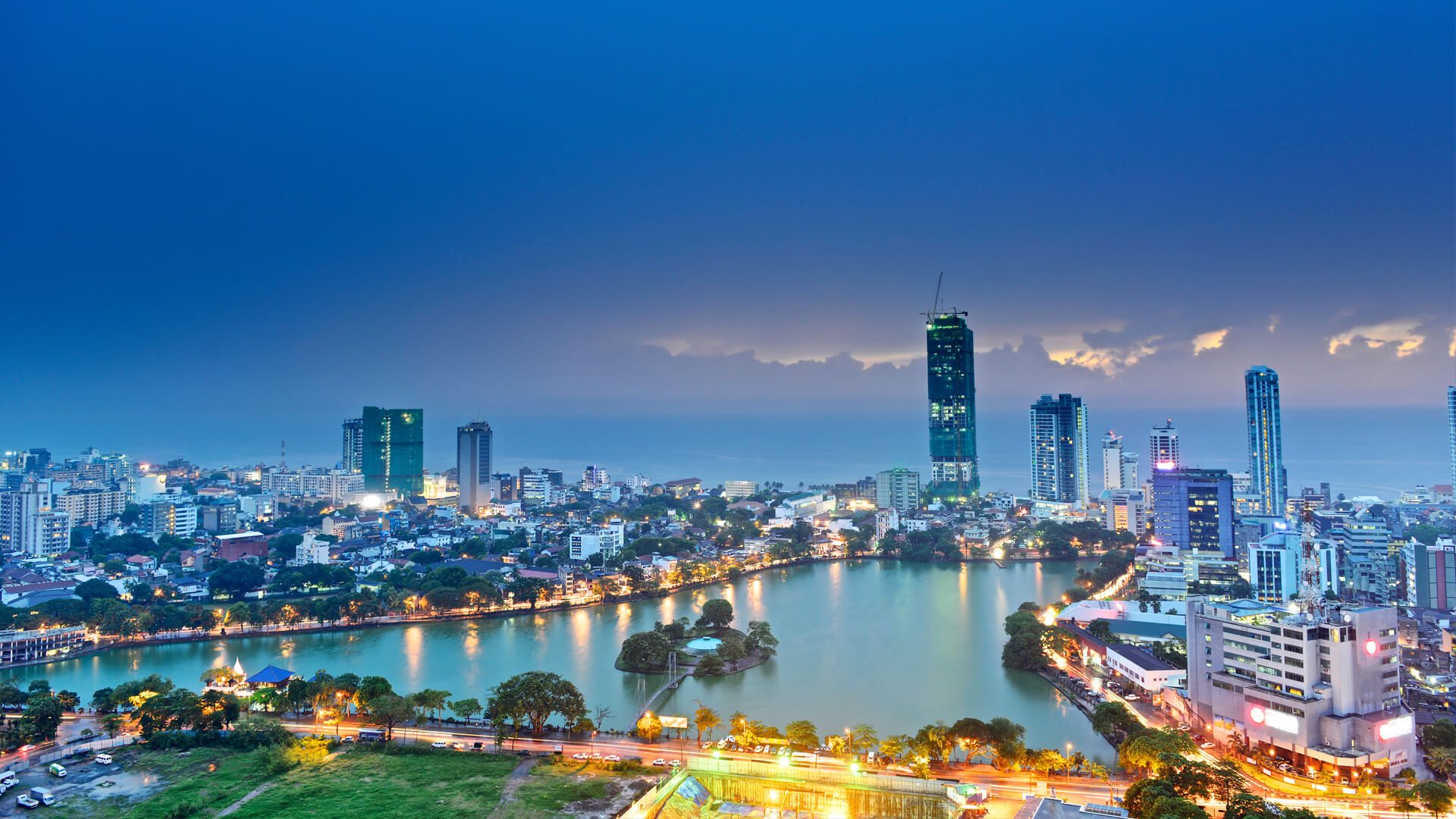
Colombo
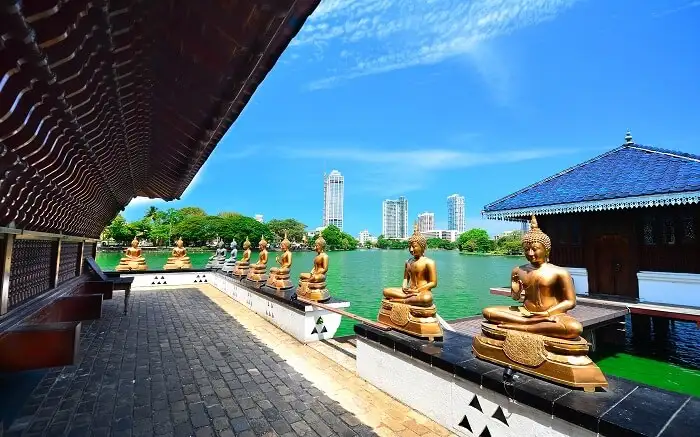
Gampaha
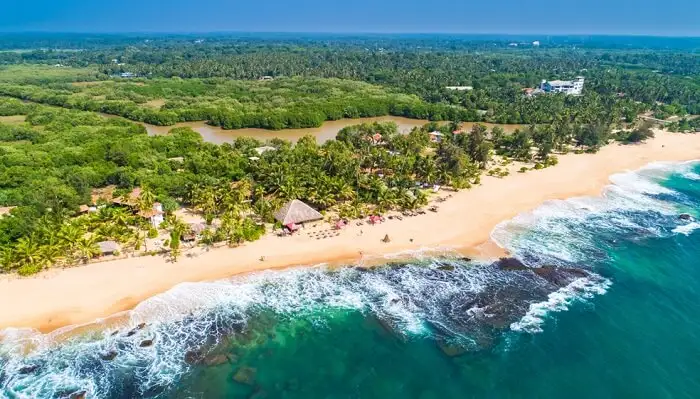
Kalutara
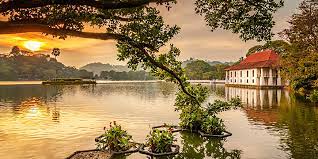
Kandy
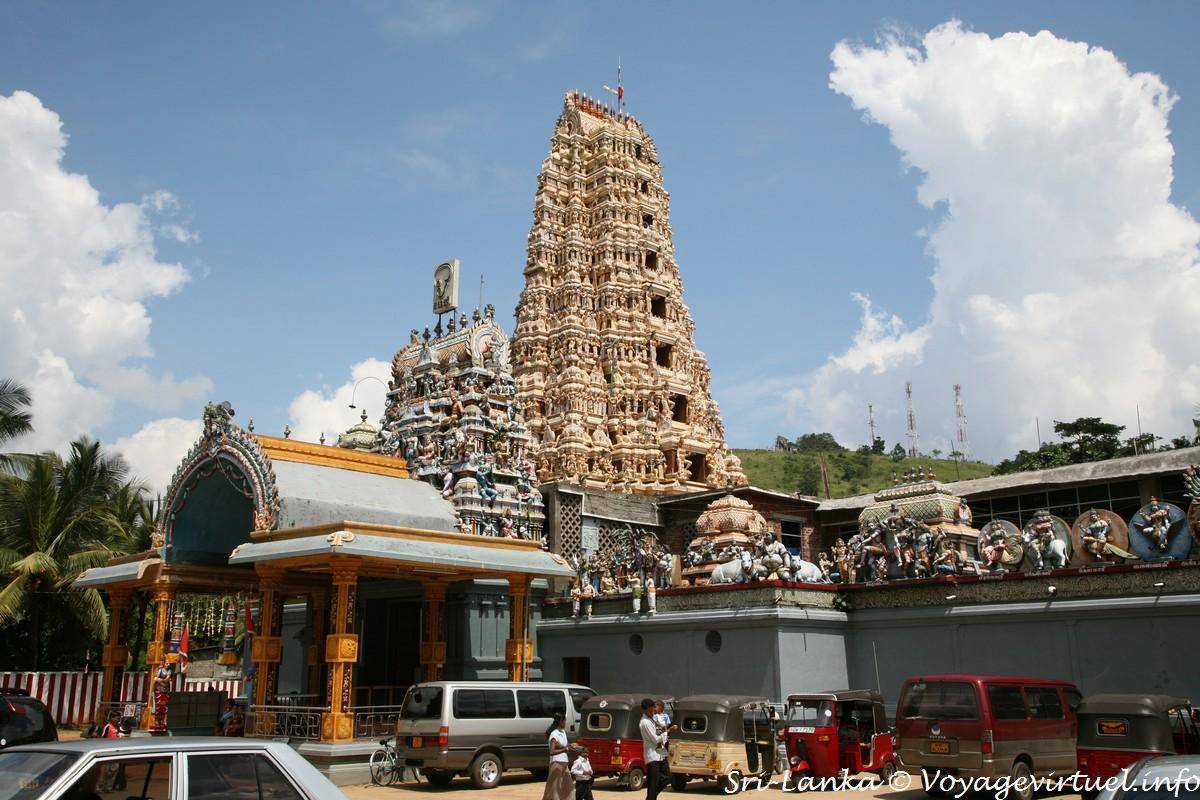
Matale
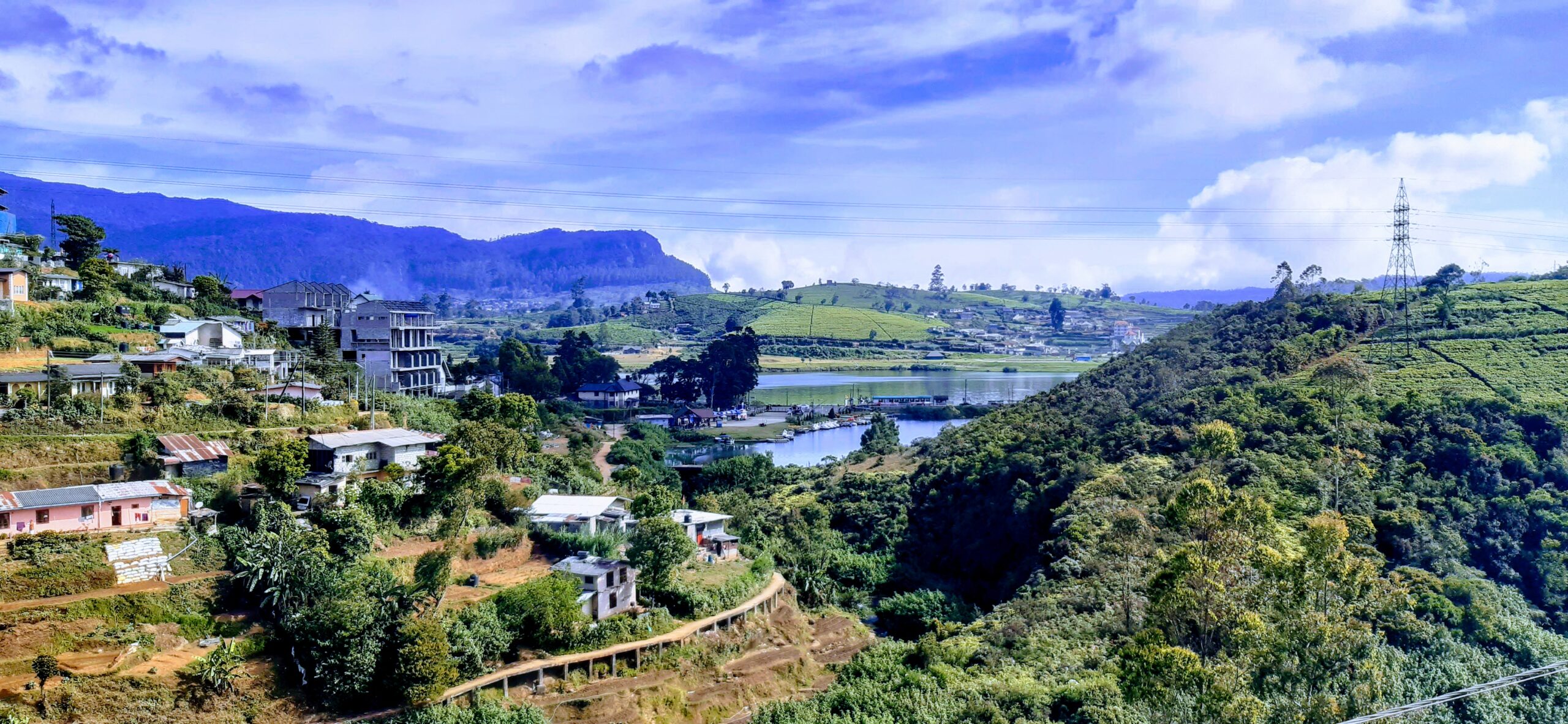
Nuwara Eliya
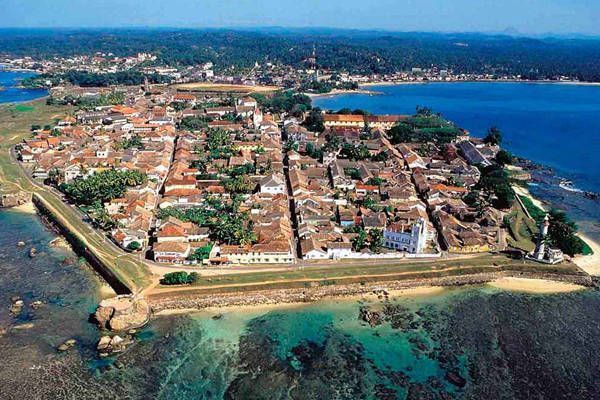
Galle

Matara
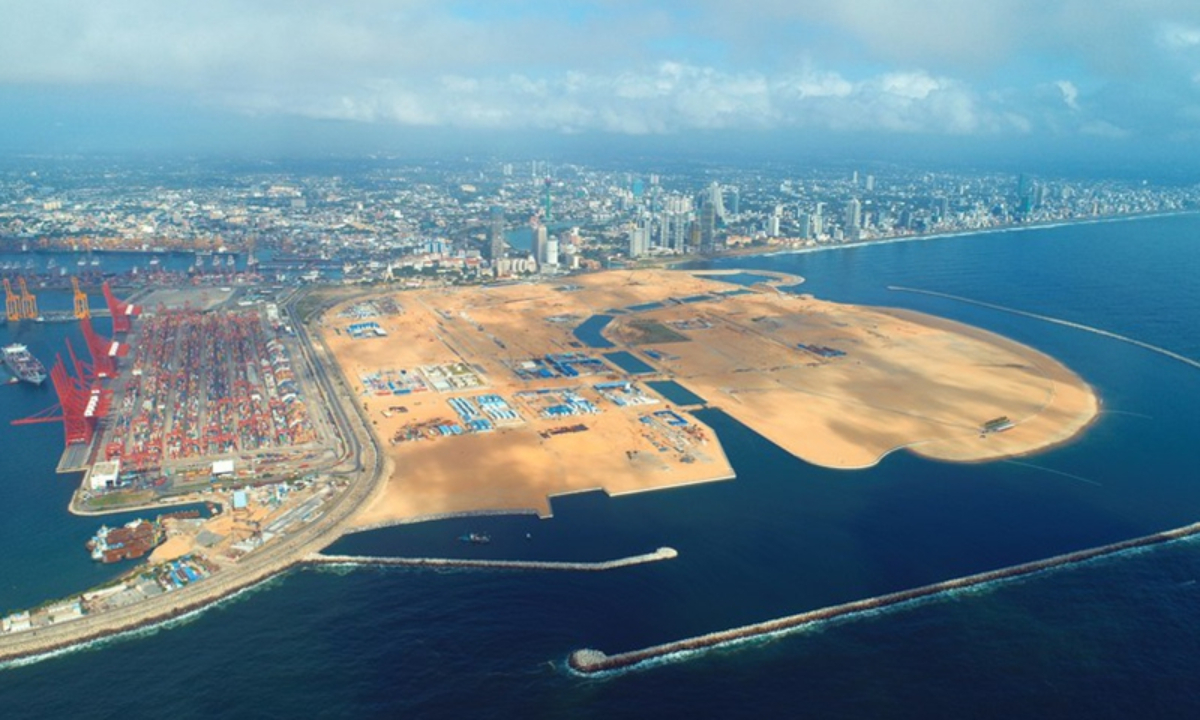
Hambantota
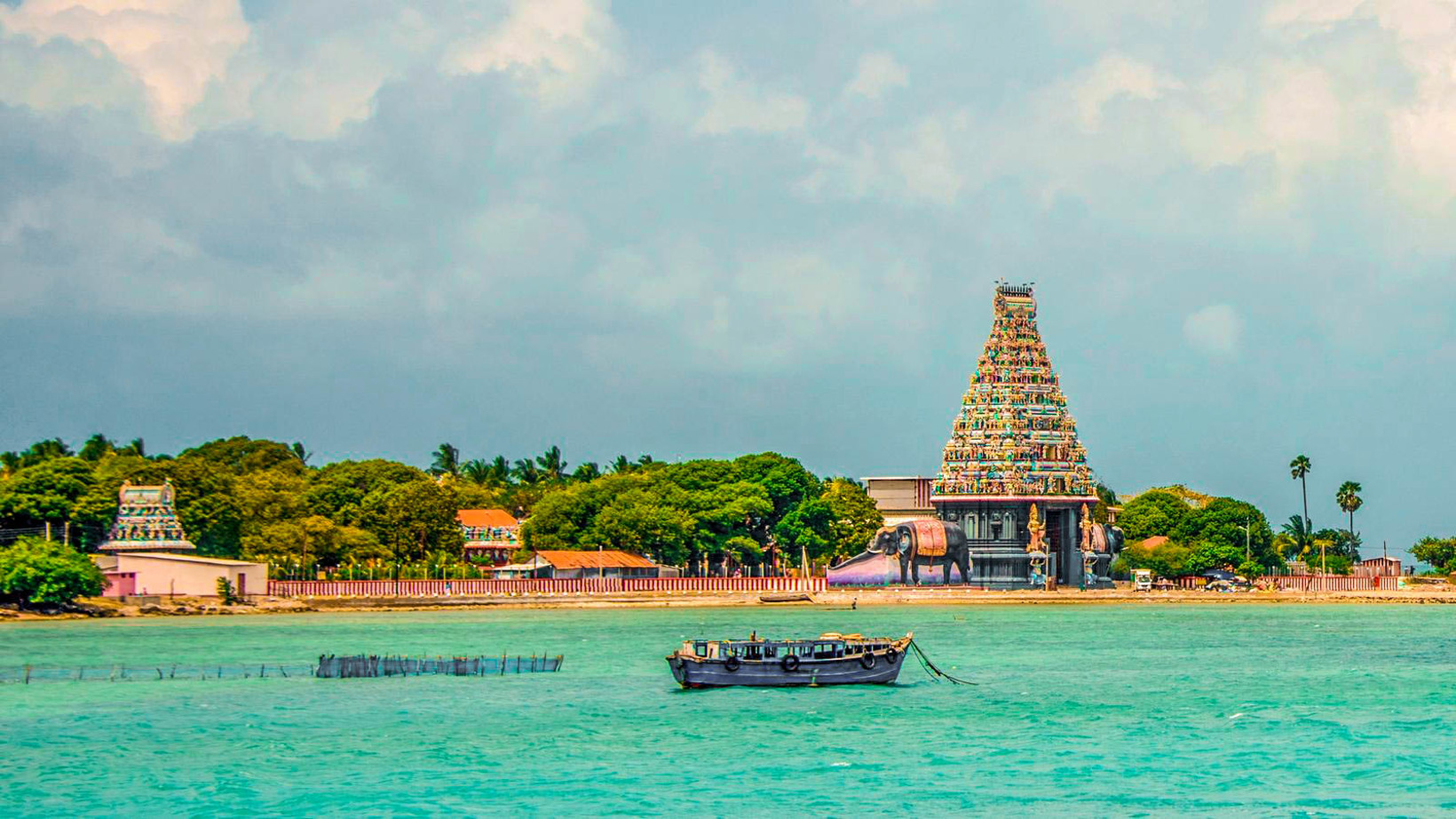
Jaffna

Kilinochchi
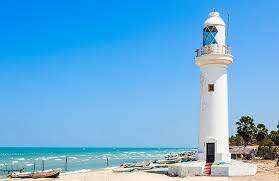
Mannar
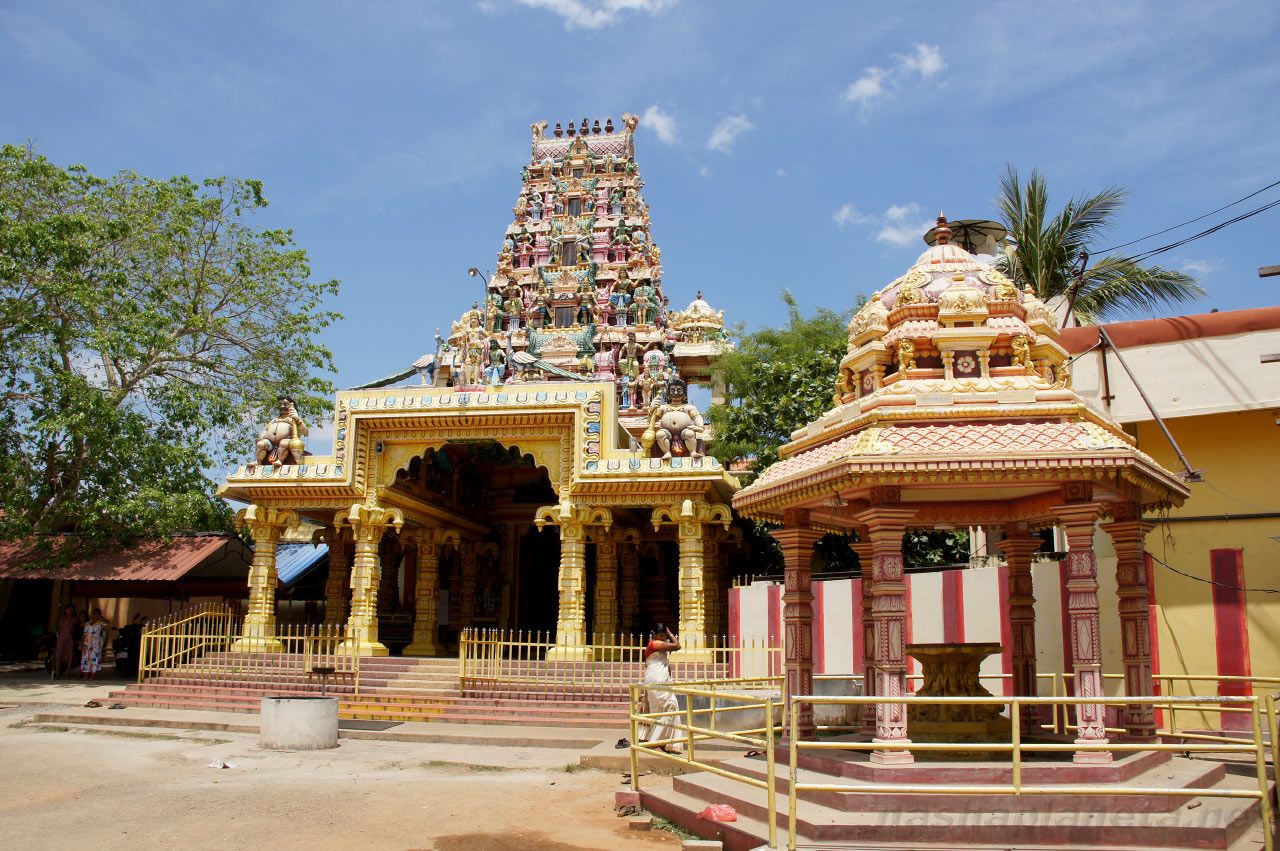
Vavuniya
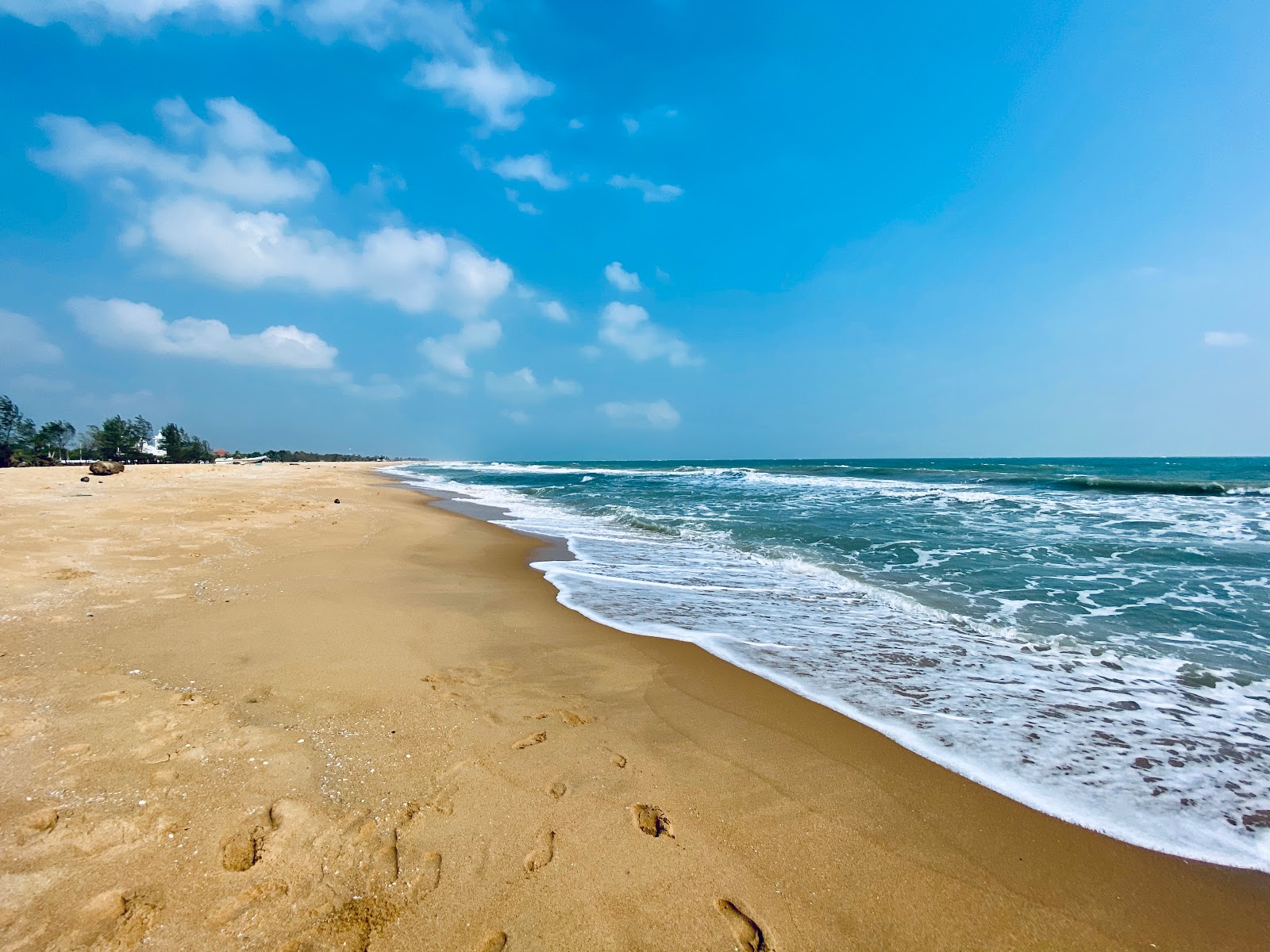
Mullaitivu

Batticaloa
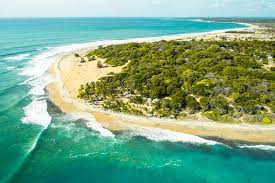
Ampara
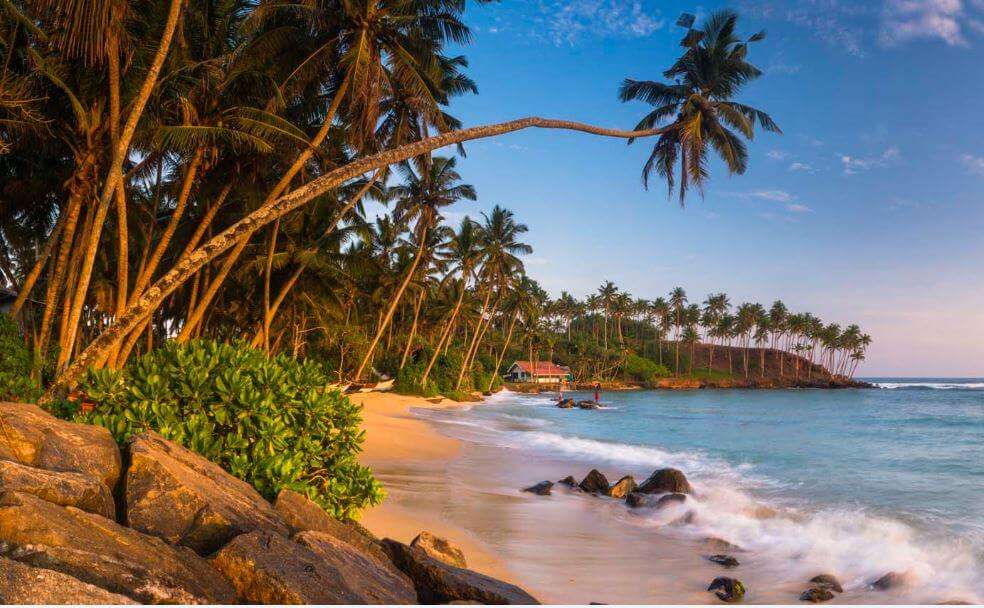
Trincomalee
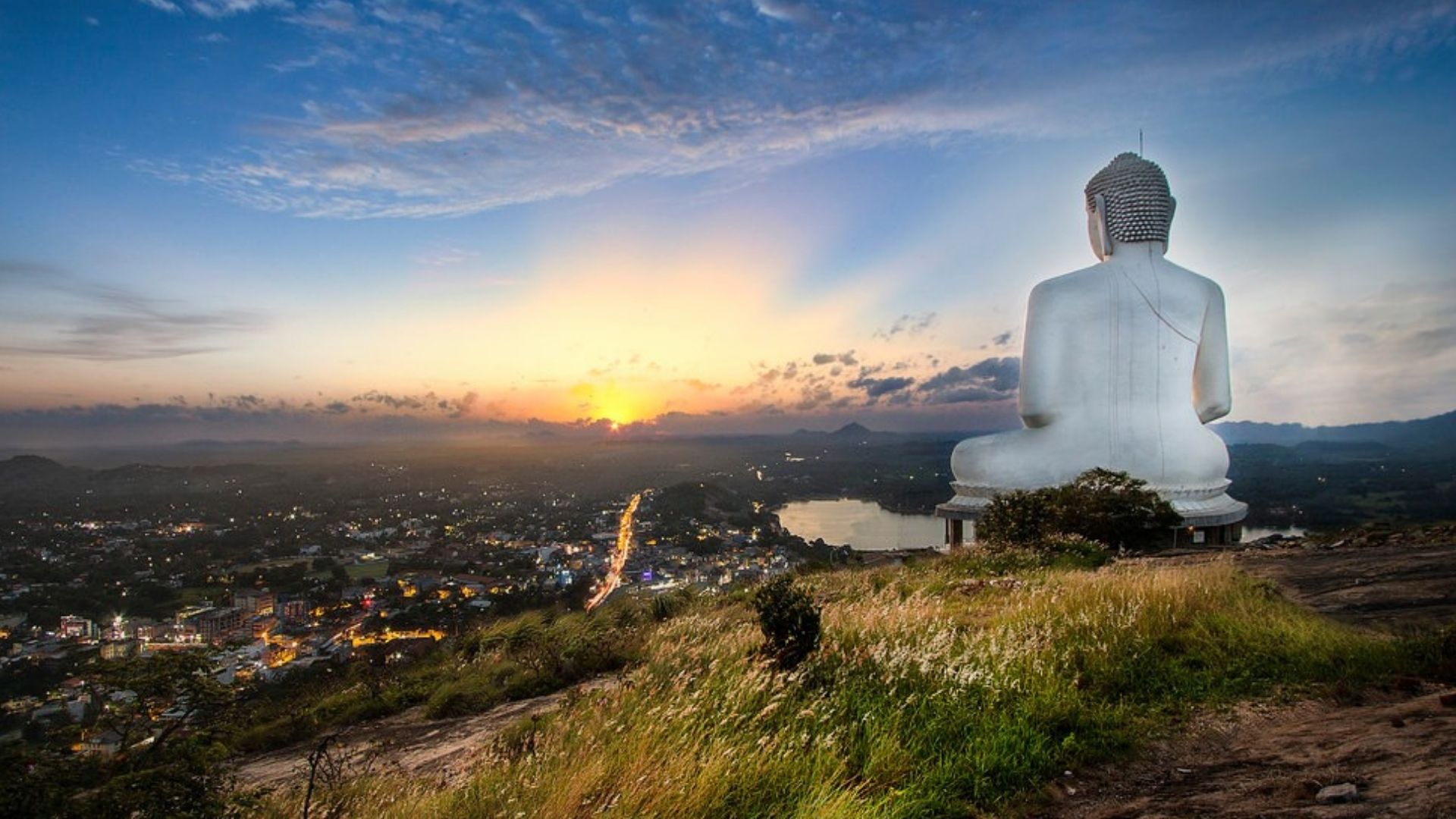
Kurunegala

Puttalam

Anuradhapura
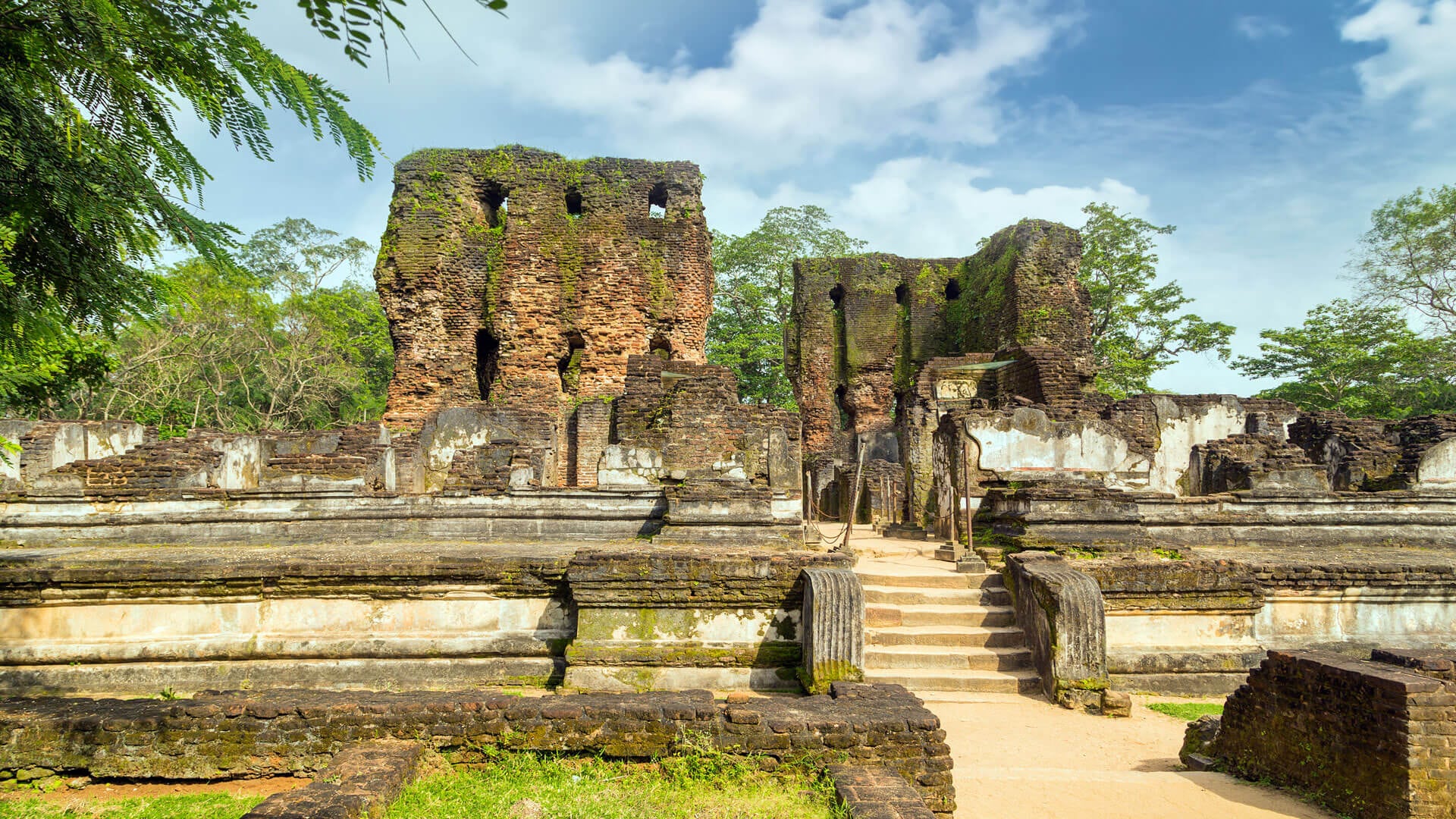
Polonnaruwa
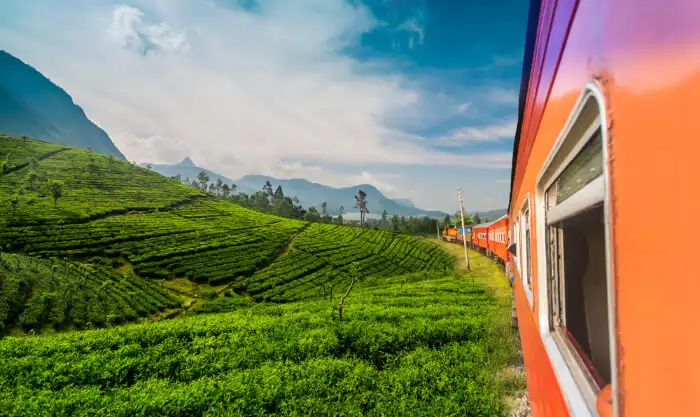
Badulla
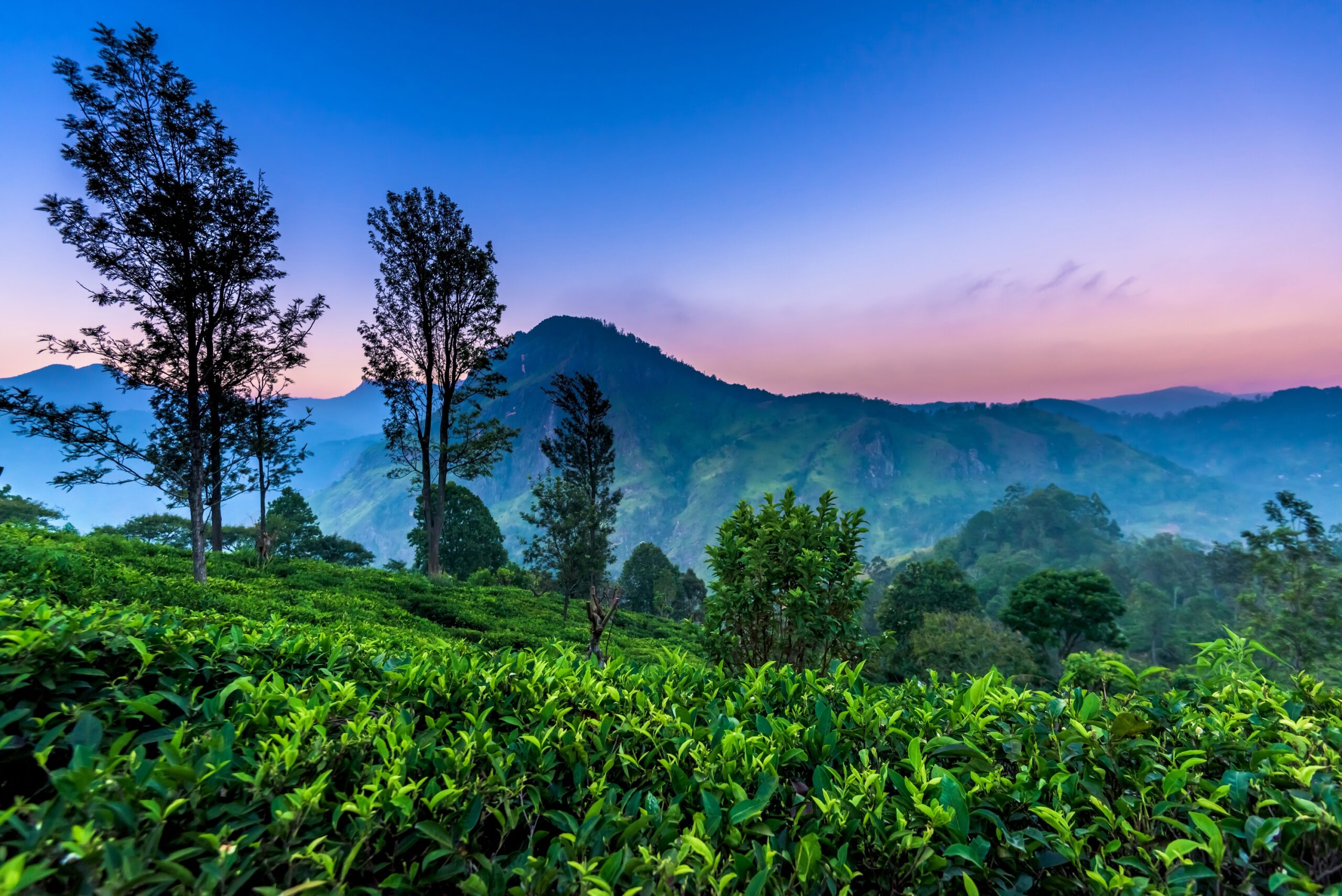
Monaragala
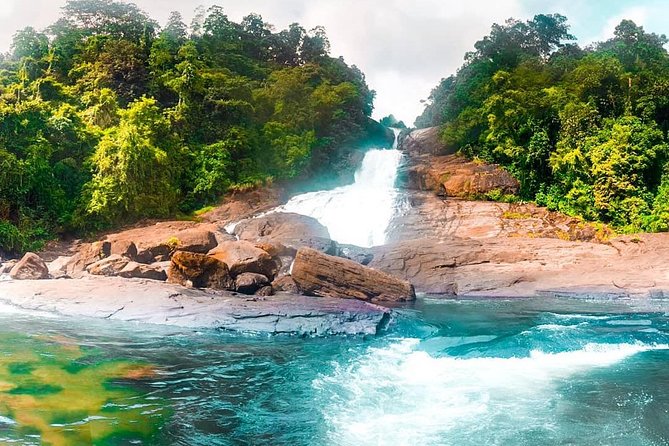
Ratnapura
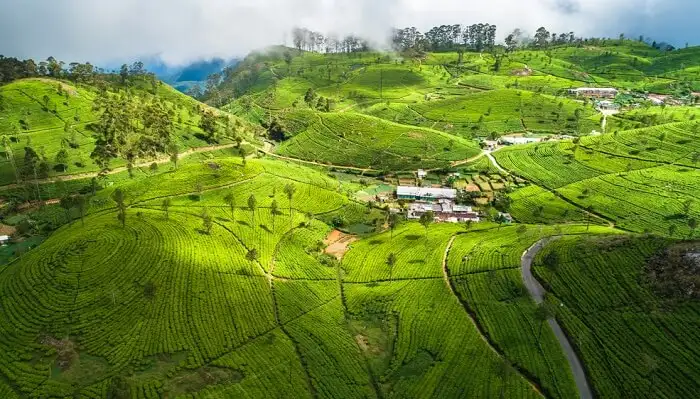
Kegalle
Before you go 🛩
Important information you should know before your trip
Info
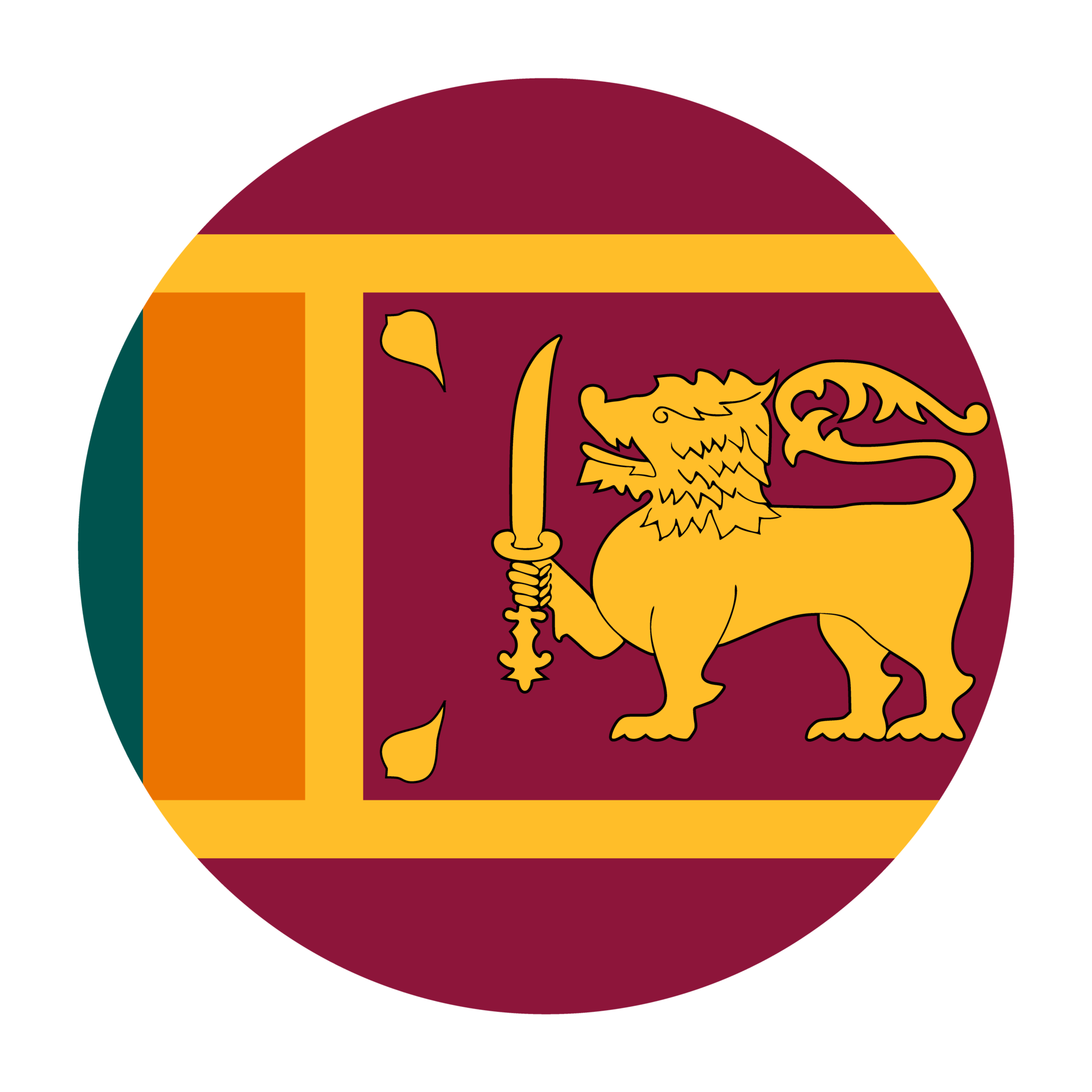
Capital | Colombo
Flag Codes:
ISO alpha-2 LK,
ISO alpha-3 LKA
Currency
Badge | Sri Lankan rupee
CODE | LKR
NUMBER | 144
SYMBOL | ₨
FRACTION | penny
Mobile Coverage
Dialing Code | +94
SIM Card
Coverage | 3G / 4G / 5G |
Mobile Networks | Airtel | Dialog | Etisalat | Hutch | Mobitel |

Location
Sri Lanka is an island country located in South Asia, situated in the Indian Ocean. It is located to the southeast of the Indian subcontinent. Here are the geographical coordinates of Sri Lanka: Latitude: 7.8731° N Longitude: 80.7718° E.
Sri Lanka is known for its stunning beaches, rich history, and diverse culture. The capital city of Sri Lanka is Colombo.
Currency
The official currency of Sri Lanka is the Sri Lankan rupee (LKR), which is divided into 100 cents. The banknotes available are 10, 20, 50, 100, 200, 500, 1000, 2000 and 5000 rupees. The coins in circulation are 1, 2, 5, 10 and 50 rupees.
In terms of design, Sri Lankan rupee banknotes feature images of important figures in the country’s history and culture, as well as monuments and animals characteristic of the local fauna. The coins have different designs, with the national coat of arms on the obverse and characteristic figures of Sri Lankan culture and fauna on the reverse.
The Sri Lankan rupee is a relatively stable currency and its value is higher than other currencies of some neighboring countries. The Central Bank of Sri Lanka is responsible for issuing and regulating the currency of Sri Lanka.
Languages
Several languages are spoken in Sri Lanka, but the official ones are Sinhalese, Tamil and English.
Sinhala is the majority language and is spoken by approximately 75% of the population. It is the official language of the government and public administration. The alphabet used to write Sinhala is Sinhala.
Tamil is the second official language and is spoken by approximately 18% of the population. It is the main language of the Tamil minority in Sri Lanka. The alphabet used to write Tamil is Tamil.
English is the third official language and is used in education, business and public administration. In addition, it is widely used by the population working in the tourism sector and by those who have contact with English-speaking people.
In addition to these official languages, there are other languages spoken by minorities in Sri Lanka, such as Arabic, Malayalam and Hindi, among others.
Climate 🌡
Sri Lanka has a tropical climate characterized by two main monsoon seasons, which influence its weather patterns throughout the year. The climate varies from the coastal lowlands to the central highlands. Here are the key features of Sri Lanka’s climate:
Monsoon Seasons:
Southwest Monsoon (Yala Monsoon): This monsoon season occurs from May to September, bringing heavy rainfall to the southwestern part of the island, including regions like Colombo and Galle. The southwest monsoon is associated with wet and windy conditions.
Northeast Monsoon (Maha Monsoon): The northeast monsoon season takes place from November to February, affecting the northeastern part of Sri Lanka, including areas like Trincomalee and Batticaloa. This period also sees rainfall, but it’s generally less intense compared to the southwest monsoon.
Inter-Monsoon Seasons:
First Inter-Monsoon (March to April): During this period, Sri Lanka experiences transitional weather as the monsoons change direction. There can be occasional rain and thunderstorms.
Second Inter-Monsoon (October): Similar to the first inter-monsoon, this season involves transitional weather as monsoons shift. Some rain and unsettled conditions can occur.
Temperature:
Sri Lanka generally has warm and humid temperatures throughout the year. Coastal areas experience temperatures ranging from around 25°C to 31°C (77°F to 88°F) on average.
In the central highlands, temperatures are cooler due to the higher elevation. Locations like Kandy and Nuwara Eliya have average temperatures ranging from 15°C to 21°C (59°F to 70°F).
Humidity: Humidity levels can be relatively high, especially in the coastal areas. This is due to the island’s proximity to the ocean and its tropical climate.
Rainfall: The amount of rainfall varies significantly based on the monsoon seasons and the geographical location. Coastal regions receive more rain compared to the central highlands.
Diverse Microclimates: Due to Sri Lanka’s diverse topography, you can experience various microclimates within relatively short distances. For example, you might encounter rain in one area while another nearby area remains dry.
Tourist Seasons:
The period from November to April is often considered the peak tourist season when the weather is generally more favorable, especially in the coastal regions.
The rainy season, particularly from May to September, can see fewer tourists due to the wetter conditions, although some travelers still visit during this time.
Sri Lanka travel tips
If you’re planning a trip to Sri Lanka, here are some travel tips to enhance your experience:
Culture:
Respect local customs and traditions, including modest dress when visiting religious sites.
Health:
Stay hydrated, use mosquito repellent, and consider vaccinations before traveling.
Etiquette:
Greet with a traditional “Ayubowan,” and be courteous in interactions.
Wildlife:
Enjoy responsibly; follow guidelines to protect animals and their habitats.
Transportation:
Use reliable transportation options like trains or private drivers for comfort and safety. View Guide.
Nature Reserves:
Visit national parks like Yala for diverse wildlife encounters.
Elephant Interaction:
Support ethical elephant sanctuaries, avoiding exploitative practices.
Enjoy your time in Sri Lanka!

The best of the best
Sri Lankan cuisine is known for its vibrant flavors, aromatic spices, and diverse range of dishes. The cuisine reflects the country’s cultural influences and geographical location.
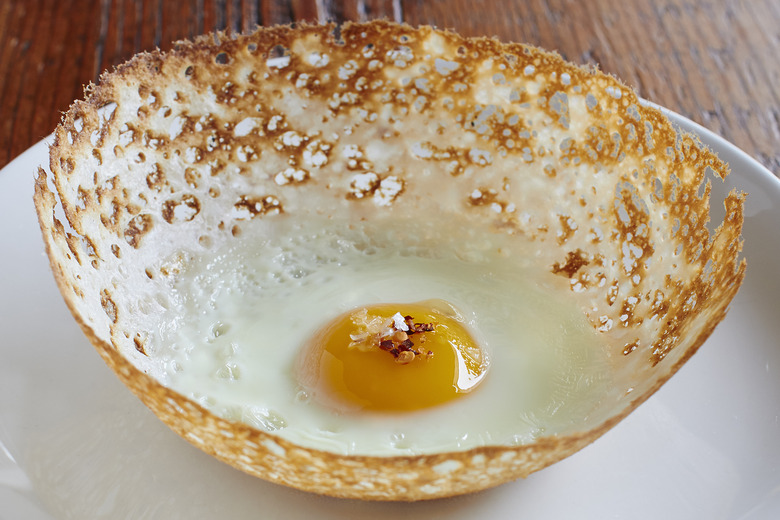
Hoppers (Appa)
Hoppers are bowl-shaped pancakes made from fermented rice flour and coconut milk. They can be served as plain hoppers or egg hoppers, with an egg cracked into the center of the pancake.
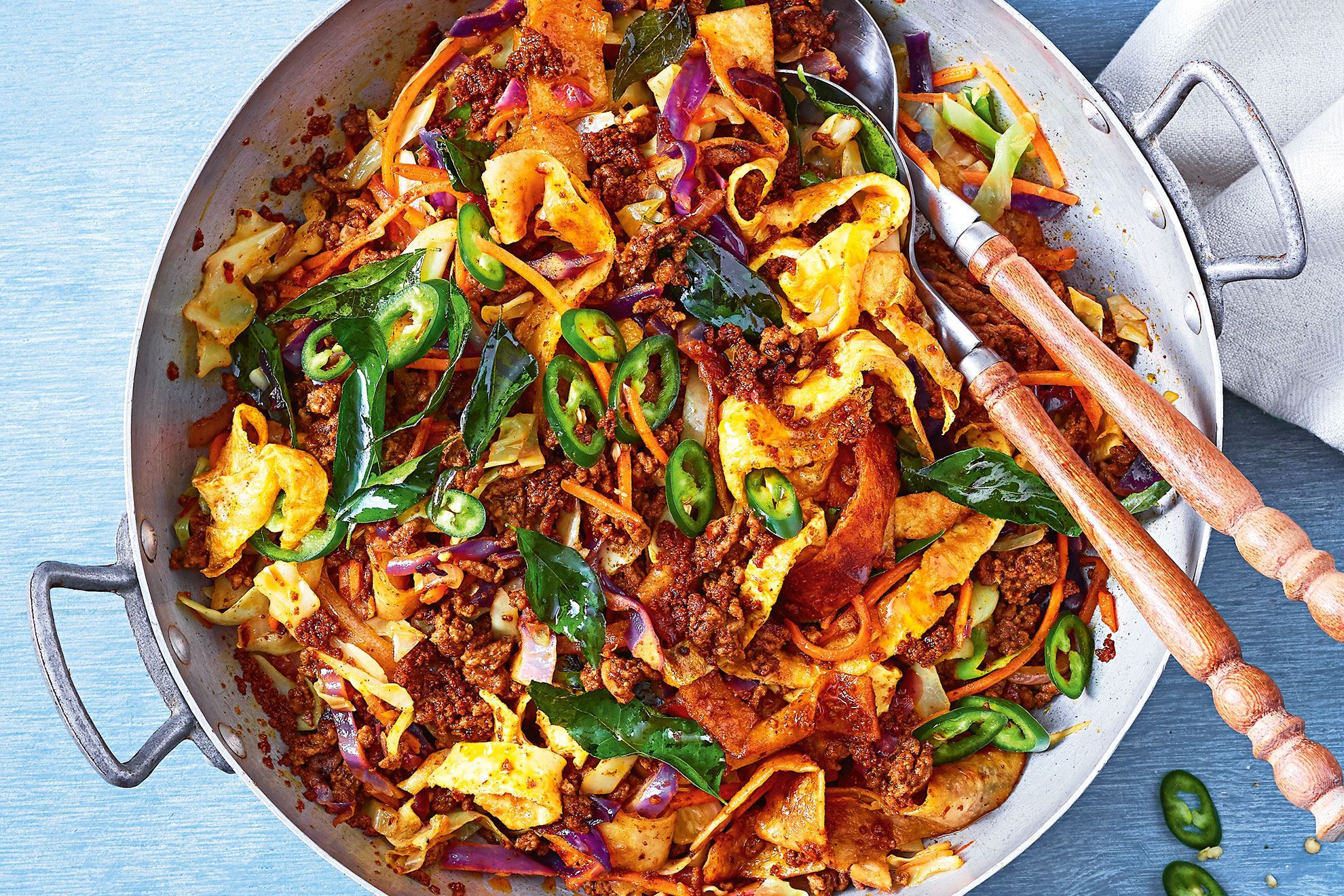
Kottu Roti
A popular street food, kottu roti is made by chopping up roti (flatbread) and stir-frying it with vegetables, eggs, and meat or fish. It’s seasoned with spices and served with a side of curry.

Lamprais
A Dutch-influenced dish, lamprais consists of rice and a variety of curries, sambols (spicy condiments), and fried meat, all wrapped in a banana leaf and baked.
Here are some typical foods you might find in Sri Lanka:
Pol Sambol: A coconut relish made with grated coconut, red onions, chili peppers, and lime juice. It’s often served as a condiment to add spice and flavor to dishes.
Fish Ambul Thiyal: A dry fish curry made with spices like black pepper, turmeric, and goraka (a souring agent). The fish is cooked until the moisture evaporates, resulting in a flavorful and preserved dish.
Dhal Curry: A lentil curry flavored with spices, usually served as a side dish with rice or bread.
Sri Lankan Breakfast: Breakfast in Sri Lanka can include a variety of items like string hoppers, roti, dhal, and coconut sambol.
Watalappam: A traditional Sri Lankan dessert made from jaggery, coconut milk, and spices like cardamom and nutmeg. It has a custard-like texture and is often served at special occasions.
Kiri Bath: A special dish of milk rice cooked with coconut milk, often served during celebrations and cultural events.
Short Eats: These are savory snacks often enjoyed with tea. They include items like vegetable roti, fish buns, and cutlets.
Sri Lankan Sweets: Various sweets like kokis (deep-fried cookies), kavum (oil cake), and pani walalu (honeycomb-shaped sweets) are enjoyed during festive occasions.
The use of spices and the combination of flavors create a unique culinary experience that’s beloved by both locals and visitors.
Transportation 🚥
More information about this country
Choose your destination 📍🗺
Useful Links ✅



